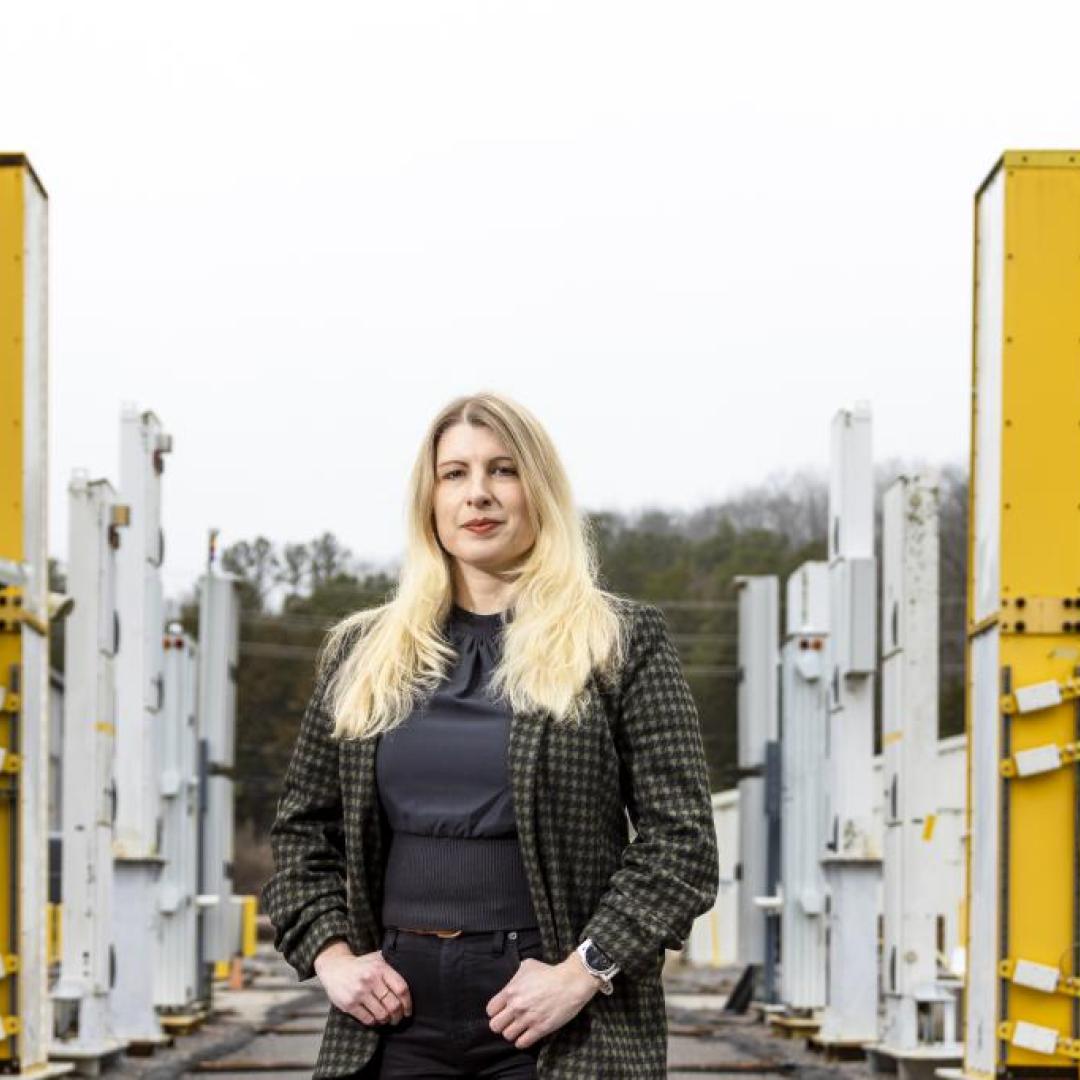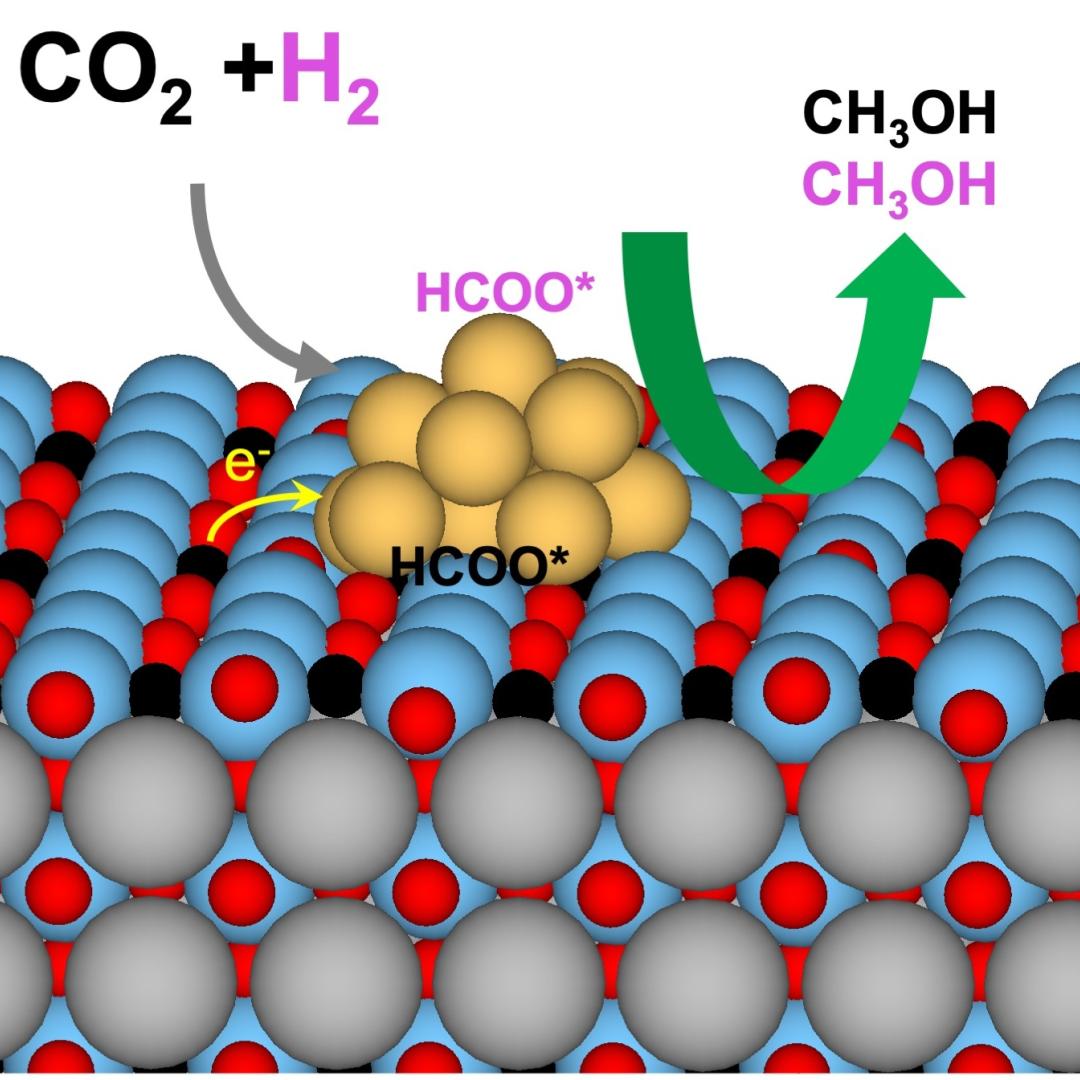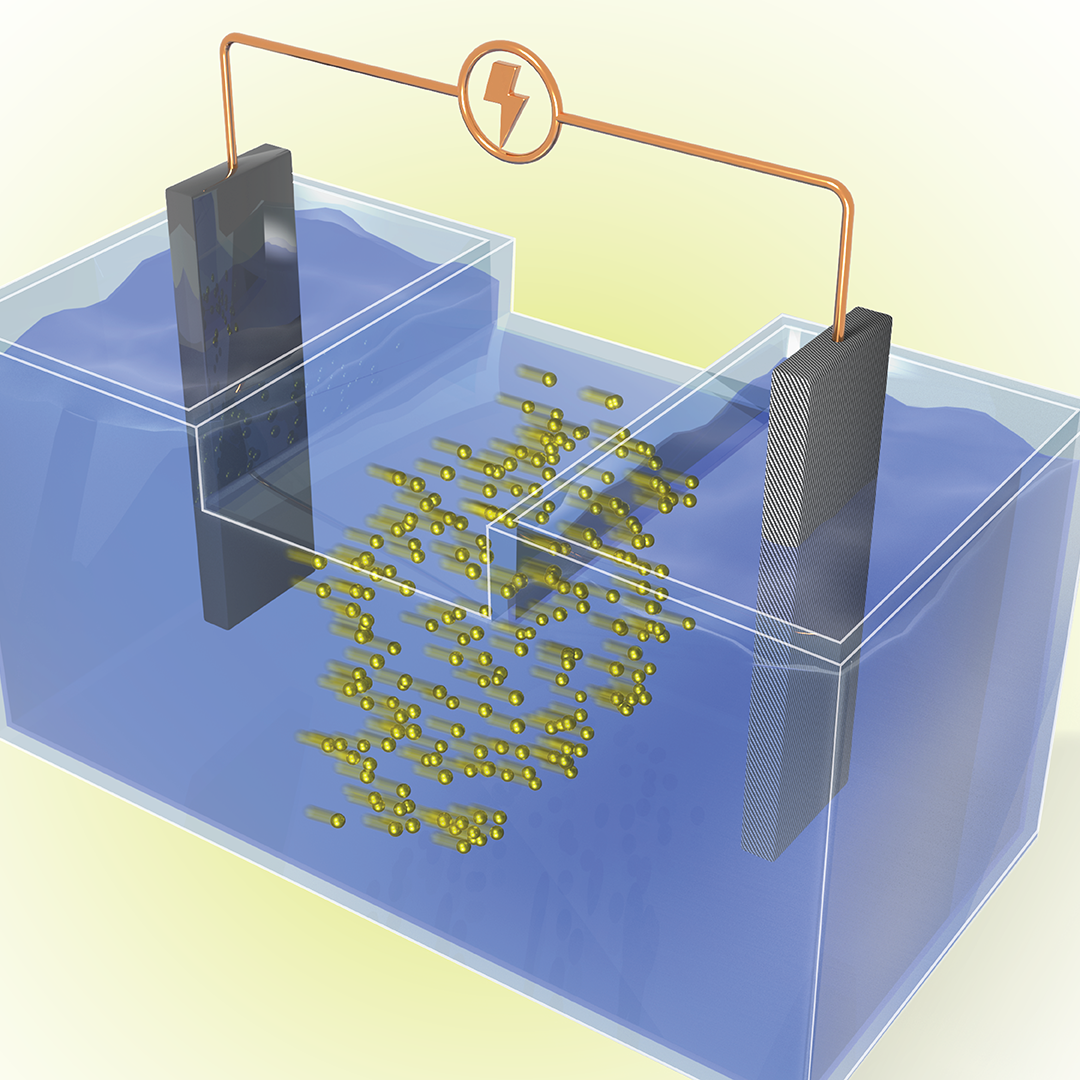Filter News
Area of Research
- (-) Materials (81)
- (-) Supercomputing (33)
- Advanced Manufacturing (5)
- Biology and Environment (6)
- Clean Energy (26)
- Computer Science (1)
- Electricity and Smart Grid (1)
- Functional Materials for Energy (1)
- Fusion and Fission (4)
- Fusion Energy (2)
- Isotope Development and Production (1)
- Isotopes (2)
- Materials Characterization (1)
- Materials for Computing (15)
- Materials Under Extremes (1)
- National Security (3)
- Neutron Science (23)
- Nuclear Science and Technology (3)
- Transportation Systems (1)
News Topics
- (-) Materials Science (83)
- (-) Quantum Computing (20)
- 3-D Printing/Advanced Manufacturing (26)
- Advanced Reactors (5)
- Artificial Intelligence (38)
- Big Data (19)
- Bioenergy (18)
- Biology (14)
- Biomedical (22)
- Biotechnology (2)
- Buildings (8)
- Chemical Sciences (31)
- Clean Water (3)
- Climate Change (21)
- Composites (9)
- Computer Science (98)
- Coronavirus (17)
- Critical Materials (14)
- Cybersecurity (8)
- Decarbonization (11)
- Energy Storage (37)
- Environment (34)
- Exascale Computing (22)
- Frontier (28)
- Fusion (8)
- Grid (9)
- High-Performance Computing (40)
- Irradiation (1)
- Isotopes (13)
- ITER (1)
- Machine Learning (14)
- Materials (79)
- Mathematics (1)
- Microscopy (29)
- Molten Salt (3)
- Nanotechnology (42)
- National Security (8)
- Net Zero (2)
- Neutron Science (42)
- Nuclear Energy (20)
- Partnerships (10)
- Physics (34)
- Polymers (18)
- Quantum Science (32)
- Renewable Energy (1)
- Security (6)
- Simulation (14)
- Software (1)
- Space Exploration (5)
- Summit (42)
- Sustainable Energy (19)
- Transformational Challenge Reactor (3)
- Transportation (19)
Media Contacts
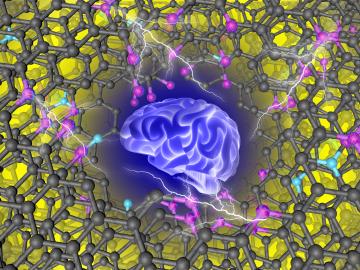
Guided by machine learning, chemists at ORNL designed a record-setting carbonaceous supercapacitor material that stores four times more energy than the best commercial material.
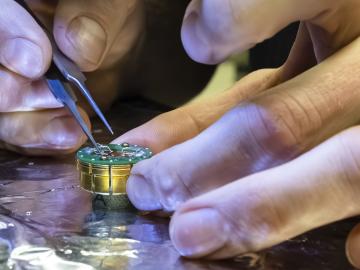
Quantum computers process information using quantum bits, or qubits, based on fragile, short-lived quantum mechanical states. To make qubits robust and tailor them for applications, researchers from the Department of Energy’s Oak Ridge National Laboratory sought to create a new material system.
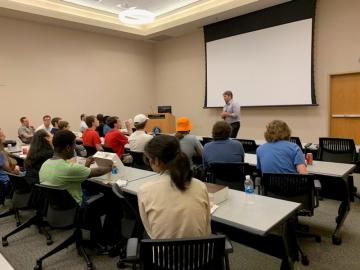
Quantum computing sits on the cutting edge of scientific discovery. Given its novelty, the next generation of researchers will contribute significantly to the advancement of the field. However, this new crop of scientists must first be cultivated.
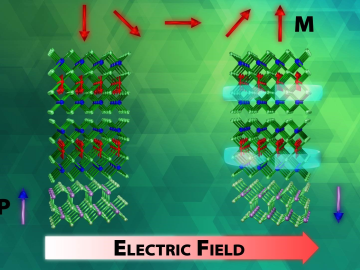
An advance in a topological insulator material — whose interior behaves like an electrical insulator but whose surface behaves like a conductor — could revolutionize the fields of next-generation electronics and quantum computing, according to scientists at ORNL.
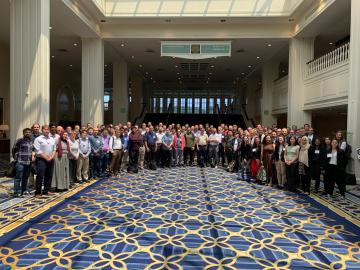
In late May, the Quantum Science Center convened its first in-person all-hands meeting since the center was established in 2020. More than 120 QSC members gathered in Nashville, Tennessee to discuss the center’s operations, research and overarching scientific aims.
For the third year in a row, the Quantum Science Center held its signature workforce development event: a comprehensive summer school for students and early-career scientists designed to facilitate conversations and hands-on activities related to

Researchers used Oak Ridge National Laboratory’s Quantum Computing User Program to perform the first independent comparison test of leading quantum computers.

A study led by Oak Ridge National Laboratory researchers identifies a new potential application in quantum computing that could be part of the next computational revolution.
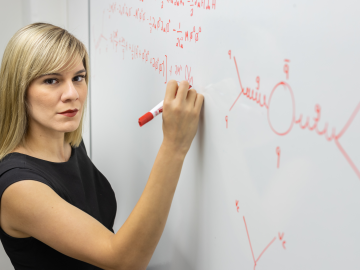
Andrea Delgado is looking for elementary particles that seem so abstract, there appears to be no obvious short-term benefit to her research.
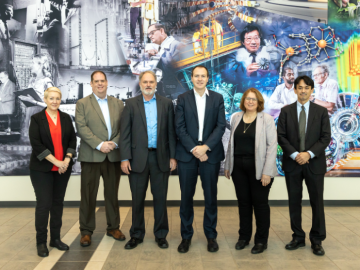
ORNL has entered a strategic research partnership with the United Kingdom Atomic Energy Authority, or UKAEA, to investigate how different types of materials behave under the influence of high-energy neutron sources. The $4 million project is part of UKAEA's roadmap program, which aims to produce electricity from fusion.


